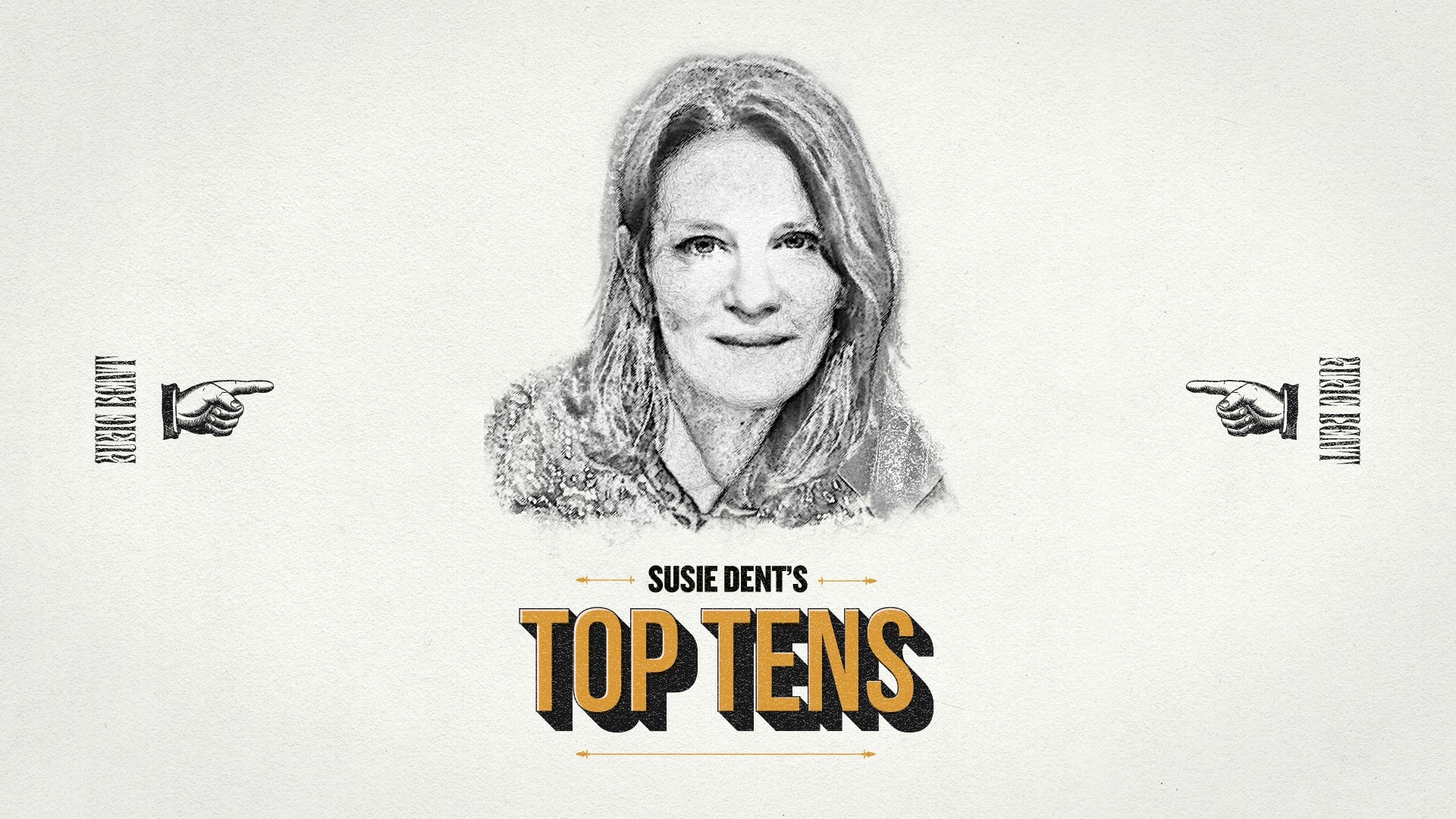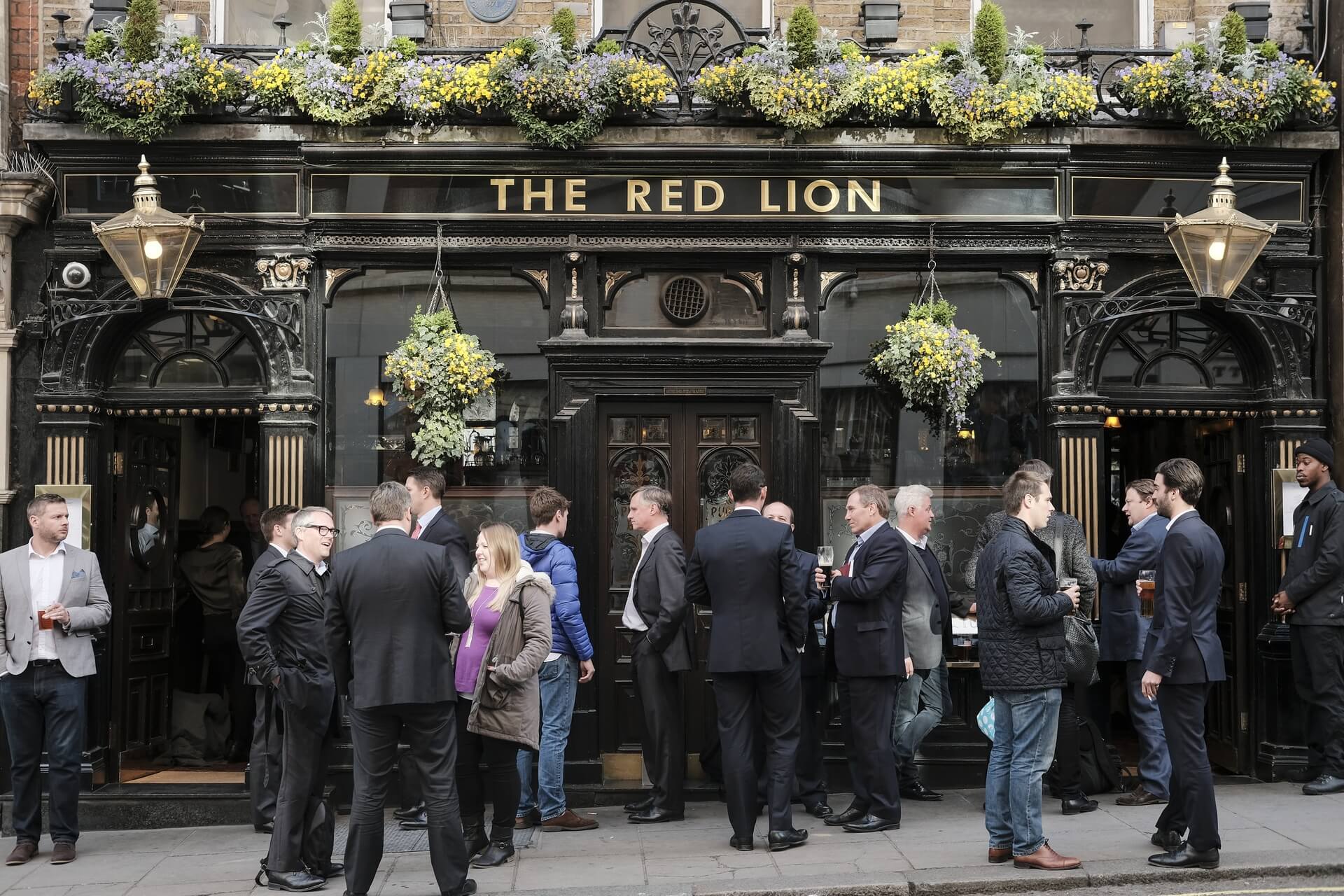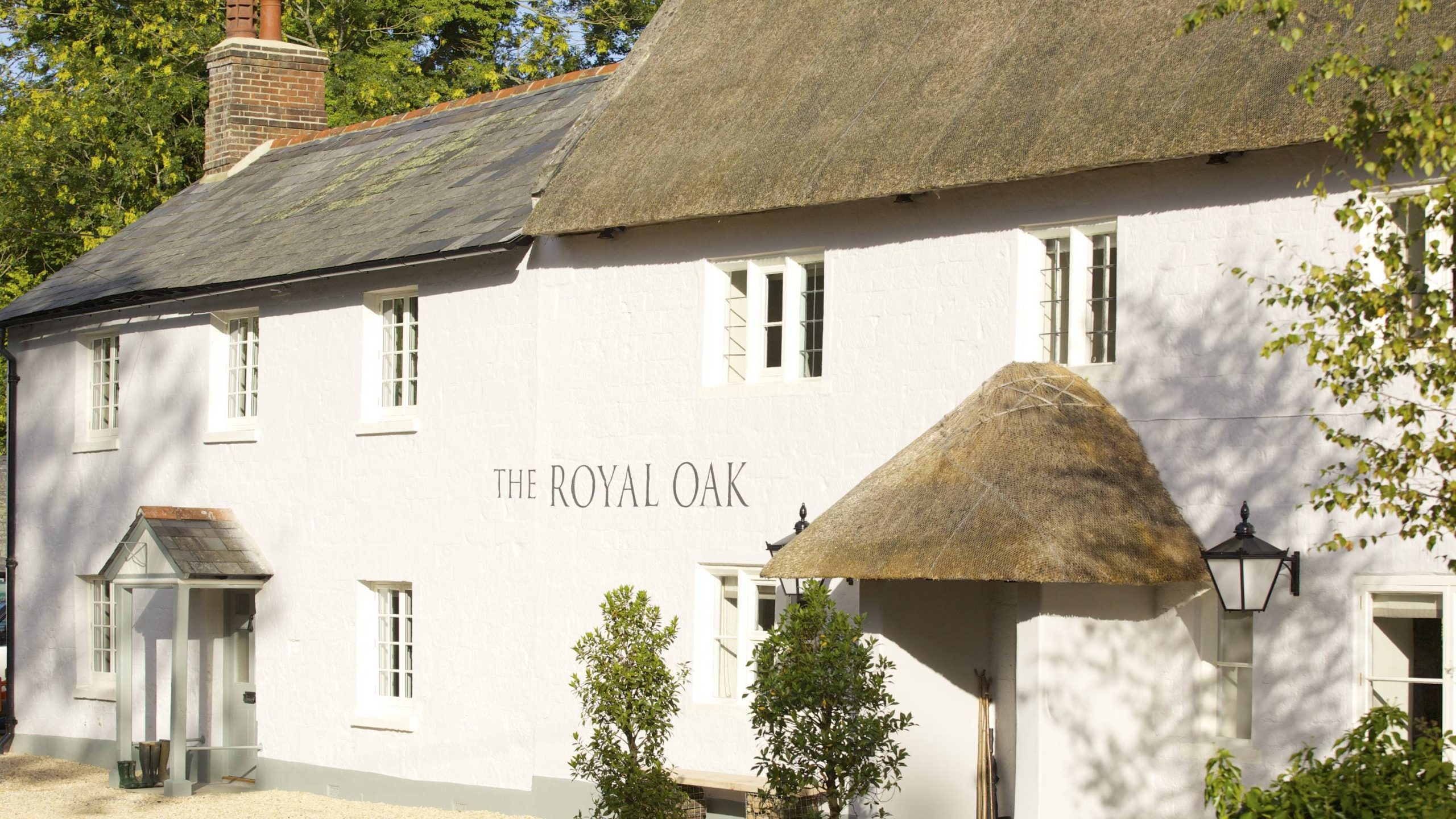
This is the Susie Dent’s Top Tens we have ALL been waiting for. Pub names and their origins. From kings hiding in Royal Oak trees to Henry VIII’s anti-papal bull on his coat of arms, Susie Dent takes us through the nation’s most common.
The local tavern has been vital to British community life since the 11th century. From Anglo-Saxon home-brewing to the prototype pubs that were Norman monasteries, right through to the quiz culture of today’s locals, the pub has held a central role in British life over the centuries. As a result, some of the most significant events in British history have taken place within pub walls, while the hundreds of pub names across Britain mirror 1,000 years of events, attitudes, customs and bad puns. Here are ten of the most popular names for the British boozer, together with a glimpse into their history.
The Bush Inn
Long before pubs took on any official status within a village, ale and the drinking of it were central to a sense of community. As far back as Roman times, it often fell to one individual to brew ale and make their home a drinking venue. It is said that the brewer would place a green bush outside their house to show that their ale was ready for drinking.

Pubgoers seeing in the weekend outside the Red Lion pub in Mayfair, London
The Dove
After the Norman Conquest, it was frequently monasteries that became renowned for their brewing, offering ale as a refreshment to pilgrims that came their way. The Dove, a nod to a traditional Christian sign of peace, was commonly used as a medieval sign for a monastic guesthouse.
READ MORE: Susie Dent’s Top Tens: 10 words to describe the weather
The Lamb
As more secular brewing houses became established, those same pilgrims were tempted by names representing other recognizable Christian symbols, such as The Lamb, The Ark, The Angel, and The Anchor.
The Nag’s Head
There are several theories behind this popular pub name. Some trace it back some five hundred years to the age of piracy, when smugglers out at sea would get the all-clear to come on shore from an accomplice who led a horse carrying a lantern along the cliff top. Others look to the use of nag to mean constant carping or harassing – typically said of a woman. According to the stereotype, men would use the pub as a refuge from the scolding tongues of their wives. This may also explain another popular (and equally sexist) pub name – The Quiet Woman.
The Royal Oak
Loyalty to political causes features large in pub names. The Royal Oak was the tree that gave refuge to a Stuart King during the English Civil War. Charles is said to have spent his last night as a free man at The King’s Head in Southwell Nottinghamshire (now called the Saracen’s Head, a nod perhaps to victories from the Crusades and some grisly souvenir-keeping).
The Red Lion
In the 15th century there were two English dynasties whose emblems featured a rose. The House of York displayed a white rose, while the House of Lancaster chose a red one. When Henry IV seized the throne from Richard II in 1399, it was the House of Lancaster that took over the throne. Those swearing allegiance to the King would name their taverns the Red Lion, a reference to the red of his dynasty and his perceived leonine courage. The name displaced that of many a pub dedicated to Richard II, whose emblem was the White Hart.

The Royal Oak in Swallowcliffe, Wiltshire, owned by Top Gear presenter James May
The Bull
This pub name is said to have originated at the time of the Reformation when, following the annulment of his marriage to Catherine of Aragon in 1533, Henry VIII defied Rome. The Bull may be reference to a papal ‘bull’, a formal declaration from the Pope that derives from the bulla or seal attached to the official document. It is said that to demonstrate his defiance of the Pope, Henry included a bull’s head on his coat of arms, perhaps reflecting his fondness for beheading those who stood in his way.
John Snow
This pub name commemorates the doctor who saved thousands of lives by identifying the source of a cholera outbreak in the heart of 19th century London. In mapping the outbreak of the disease, Snow noticed clusters of deadly infection near a water pump on Broad St (now Broadwick St) in the heart of Soho, leading to the crucial recognition that the disease was spread through contaminated water.
The Chequers Inn
Many pubs were named after trades. The chequerboard is one of the oldest, and was the emblem of moneylenders: the word ‘exchequer’ comes from the portable checked cloth used for account keeping with counters by the Norman Kings.
The Elephant and Castle
This pub name, shared with the London area of Newington, has attracted many theories. The most popular of them states that ‘Elephant and Castle’ is a mangling of ‘Eleanor of Castile’, the name of the cherished wife of Edward I. The more likely history begins with a coaching inn built on a site of an old smithy in Newington, which also went by the name The Elephant and Castle. The smithy had connections with one of the livery companies of the City of London, the Worshipful Company of Cutlers, whose crest displayed an elephant as a nod to the Indian ivory traditionally used for the handles of the knives the cutlers produced. The elephant is depicted as wearing a castle-shaped howday.


